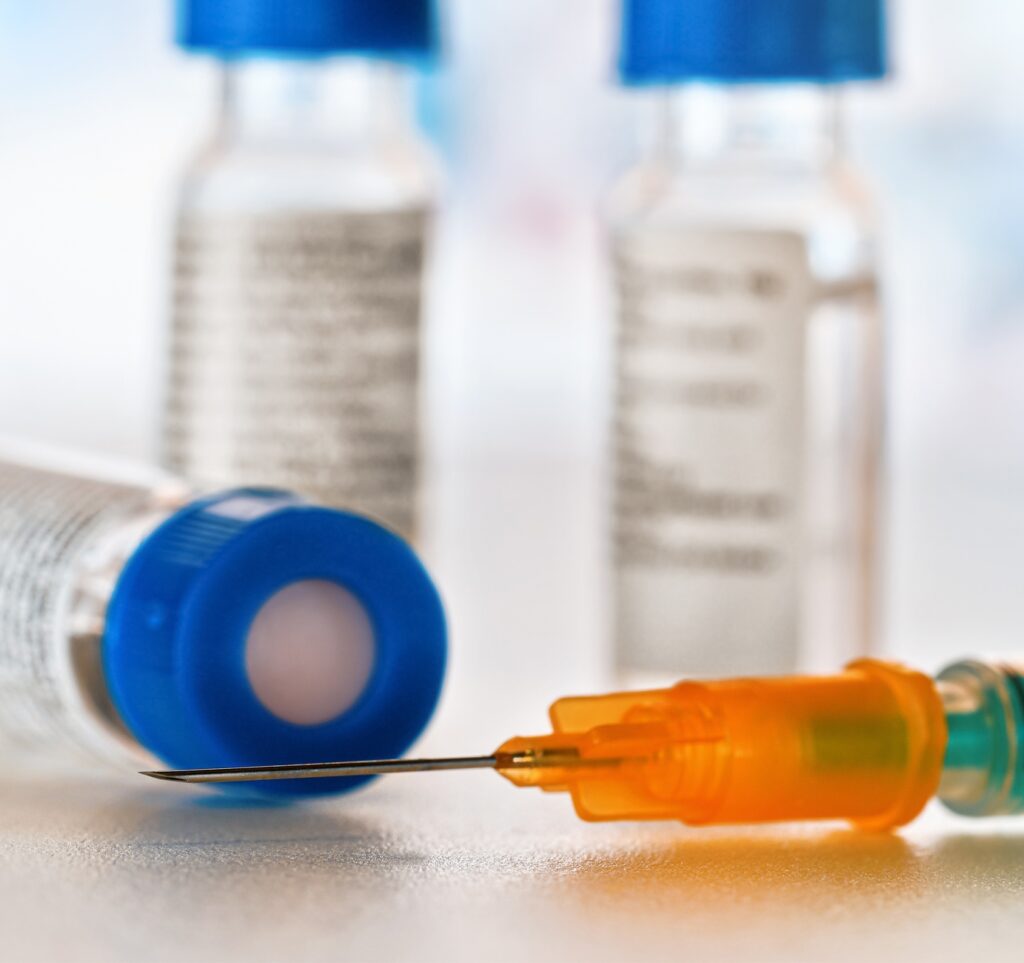Annex 21 requires written agreements to be in place as per Chapter 7 of the EU GMP, to outline responsibilities and activities of each site involved in the importation activities. This includes marketing authorisation holders (MAHs), importers, sites responsible for QP certification, and third country manufacturers, as appropriate. .

Batch Testing and release requirements have been clarified for imported products. Commercial products with a marketing authorisation (MA) must be tested upon importation unless there is Mutual Recognition Agreement (MRA) or another relevant arrangement in place. Testing should be performed for all commercial batches and the results should corroborate full compliance with the approved specification. The QP is responsible for review and batch certification of medicinal products imported from third countries. The batch needs to have been manufactured in accordance with EU GMP (or equivalent), the MA or Clinical trial Authorisation (CTA), and the relevant quality agreement(s)..

So what is new in Annex 21 that wasn’t in the GMP chapters before. The final version of Annex 21 provides clarity on the following:
• Written agreements should be in place between the site(s) performing importation activities and the MAH or sponsor, as appropriate.
• For QP certification or batch confirmation, a packing list, freight documentation or customs import declaration, is required. The certification of a batch can therefore only take place after physical importation and customs clearance.
• Where sampling of imported product is carried out in a third country, the PQR should include an assessment of the basis for continued reliance on this sampling practice. PQRs should also include a review of deviations regarding transportation up to the point of batch certification and a comparison of the analytical results from importation testing with those in the certificate of analysis generated by the third country manufacturer.
• All batch documentation must be available to the site nominated by the MA holder as responsible for QP certification or QP confirmation of the batch. The documentation should be understood by the importer (i.e. translated into local language) and they should also have access to the relevant ordering and delivery documentation.
In summary, although Annex 21 frequently references out to other existing parts of the EU GMP chapters, the Annex also contains a range of new requirements. These must be considered by all entities involved in importation activities, including MAHs, importers, sites responsible for QP certification and third country manufacturers.
If Annex 21 is new to you or you are a non-EU company looking to ready a product for the European market and need assistance with the minefield of preparing your QMS, applying for the applicable licences, and ensuring your company meets all required timeline and compliance milestones, then Orion GXP Consulting can help.
Please feel free to reach out and one of our experts will be ready to assist. Contact us on +353 (0)71 9810101 or email info@oriongxp.com
